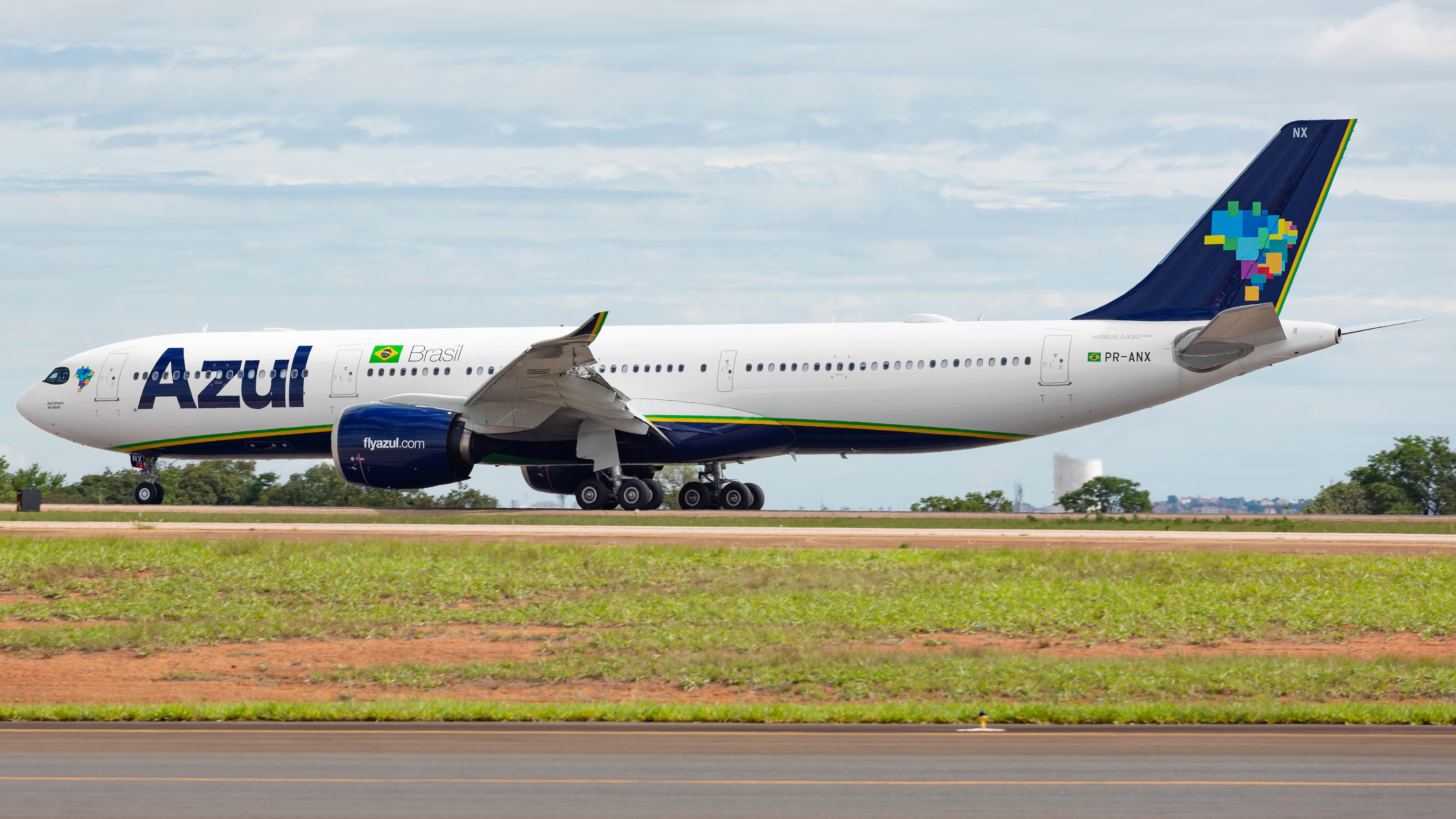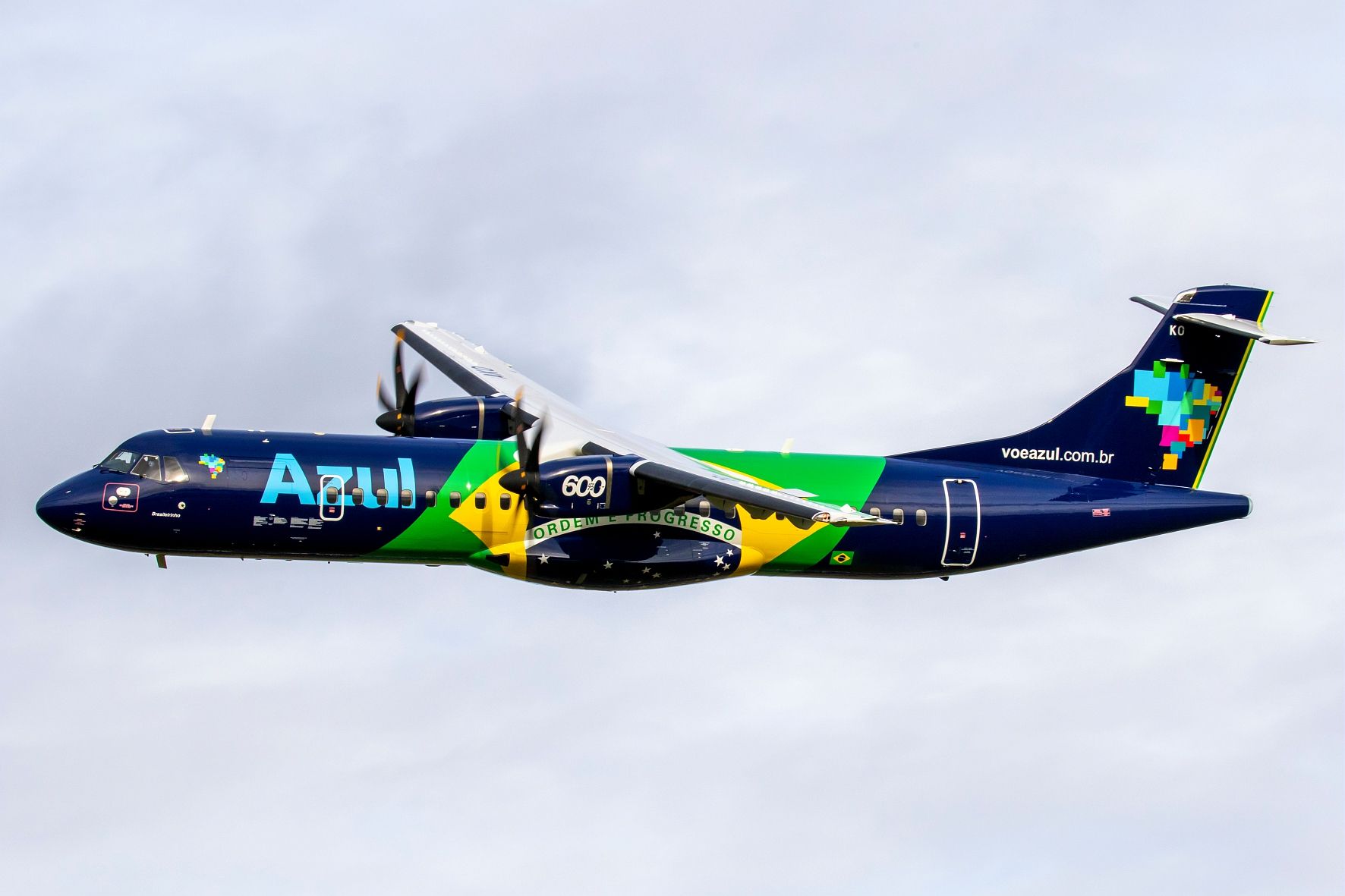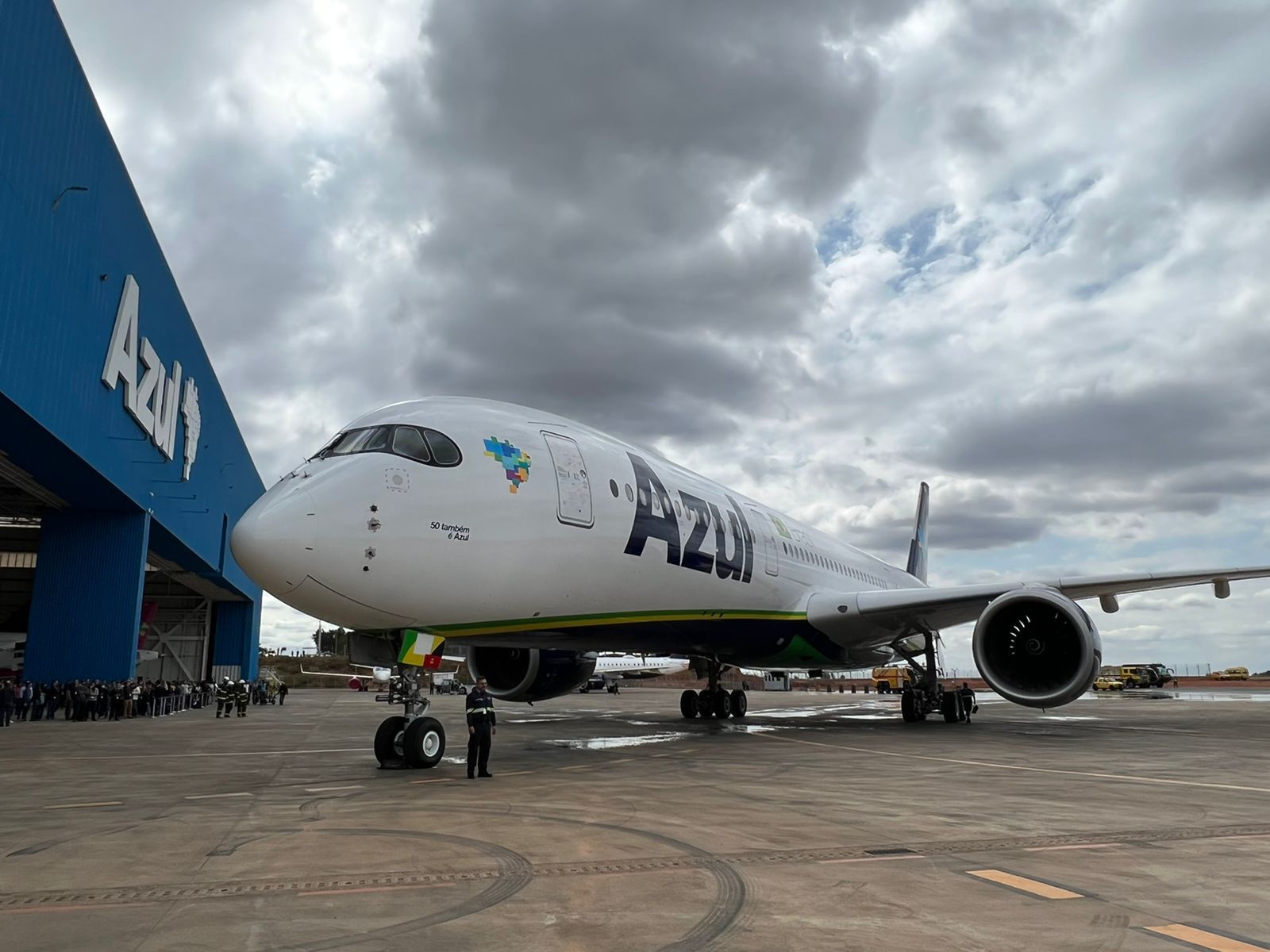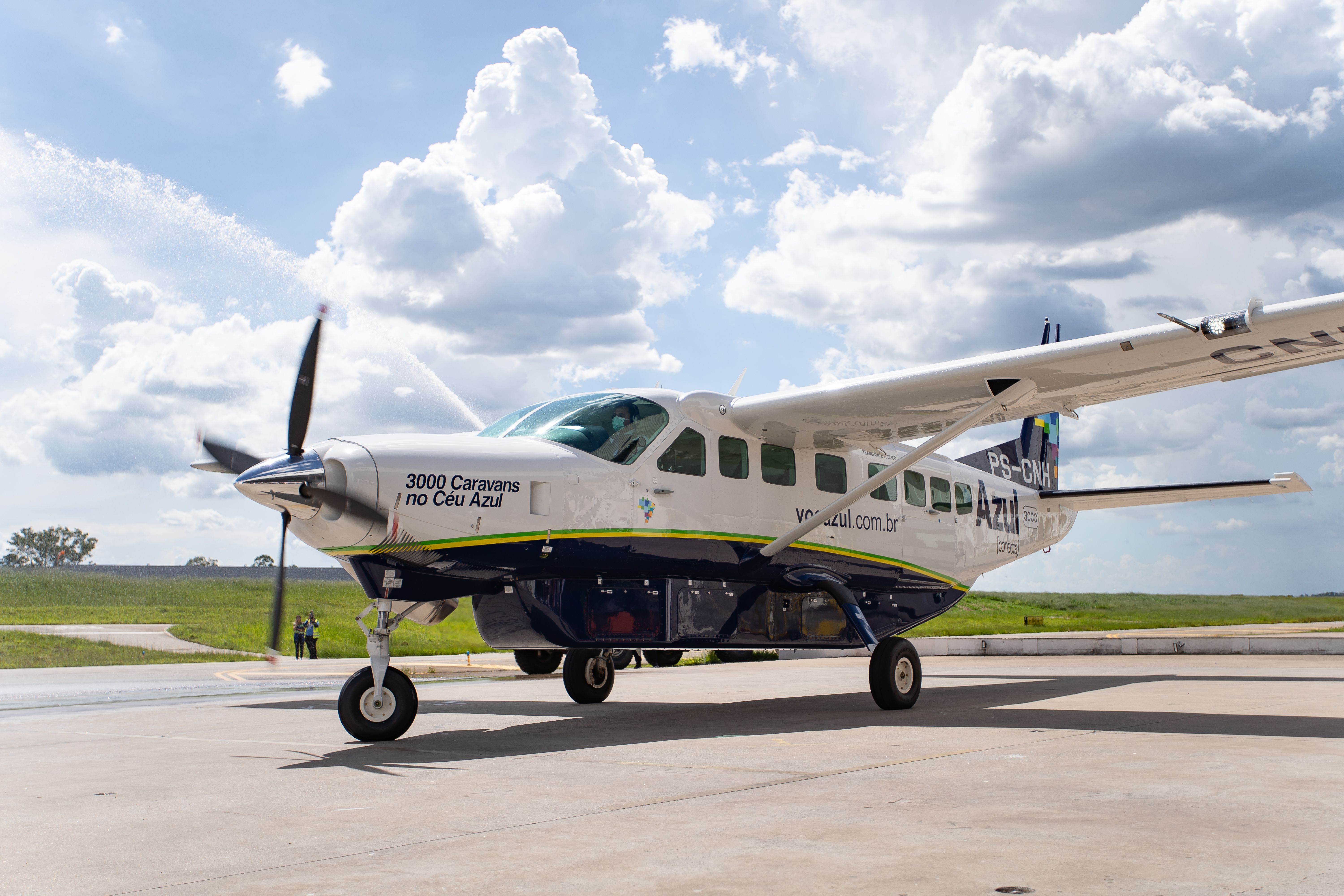Summary
- Azul Linhas Aéreas Brasileiras, founded by JetBlue founder David Neeleman, has become a major player in the Brazilian aviation industry.
- The carrier emerged in 2008, focusing on underserved domestic routes and later expanding internationally.
- Azul currently operates a diverse fleet comprising 181 aircraft and has a significant market share in both domestic and international routes.
Azul Linhas Aéreas Brasileiras has been making waves in the Brazilian aviation industry for just over a decade. Often known simply as Azul, meaning 'Blue' in Portuguese, the carrier is the brainchild of JetBlue founder David Neeleman. Azul has a considerable market share in Brazilian air traffic and operates a diverse fleet to domestic and international destinations.
Azul commenced operations in December 2008, when it launched three domestic routes from Viracopos International Airport in the Brazilian city of Campinas. It looked to find its niche by flying previously underserved routes. The 2010s saw it acquire regional competitor TRIP Linhas Aéreas, as well as opening its first international services.
In the beginning
When Azul took to the skies 13 years ago, it became the third David Neeleman-founded airline to do so. It followed in the footsteps of JetBlue, Morris Air, and WestJet and was the first to be based in Neeleman's country of birth. Azul's early fleet consisted of Embraer 190 and 195 series regional jets, a family Neeleman's JetBlue had begun flying in 2005.
Azul's first routes from its Campinas hub served Porto Alegre, Rio de Janeiro, and Salvador. A month later, it added Curitiba and Vitória to its growing domestic network. Moving into the 2010s, Azul announced its acquisition of Brazilian regional airline TRIP Linhas Aéreas in 2012. That year also saw it diversify its fleet by operating the ATR 72.
International expansion
Azul has since come to command a 23.5% market share in domestic traffic thanks to its bold strategy of flying underserved routes from unlikely hubs like Campinas, Belo Horizonte, and Recife. However, in 2014, it took the next step and looked beyond Brazil's borders.
It did so using the Airbus A330-200, which data from ch-aviation shows it received five examples that year. That December, it launched its first international routes, serving two destinations in the US state of Florida. Fort Lauderdale was the first destination, with service commencing on December 2nd, and Orlando followed 13 days later.
Azul has since modernized its long-haul fleet with the Airbus A330neo (-900 variant). It currently operates five of these next-generation twinjets, which it began receiving in 2019. In 2022, Airbus received two Airbus A350-900s after many years of delays and uncertainty about whether the airline would operate the model at all.
Stay informed: Sign up for our daily and weekly aviation news digests.
Recent developments
Azul has shown an appetite for further growth in recent years through its interest in acquiring other South American carriers. It offered to buy Avianca Brasil in March 2019 before withdrawing this offer a month later, only to resubmit it in May 2019. In any case, this never came to fruition due to Avianca Brasil's operational suspension that year.
In January 2020, Azul bought the small regional airline TwoFlex. The sale was worth 123 million reais (US$22.6 million). Following the acquisition of this regional company, Azul rebranded it as Azul Conecta, a company flying exclusively with Cessna Caravan aircraft on short routes.
In 2021, Azul was interested in purchasing the whole LATAM Airlines Group during the Chilean-Brazilian Chapter 11 process. That was a bigger plan than its previous intentions with the group, which focused solely on acquiring LATAM Brasil.
As of October 2023, Azul Linhas Aéreas operates about 5,634 weekly flights, employing 181 aircraft. It is composed of 11 Airbus widebodies, 54 Airbus narrowbodies, 17 Embraer E2s, 38 Embraer E1s, 37 ATRs, and 24 Cessnas.
What do you make of Azul? Have you ever flown with David Neeleman's Brazilian carrier? Let us know your thoughts and experiences in the comments.
Source: ch-aviation.




